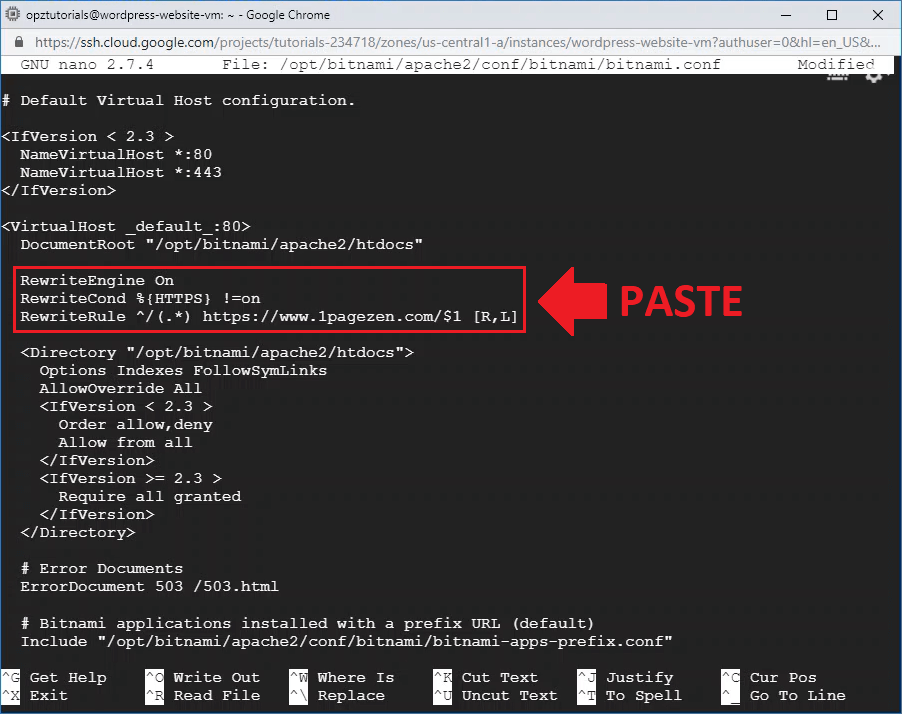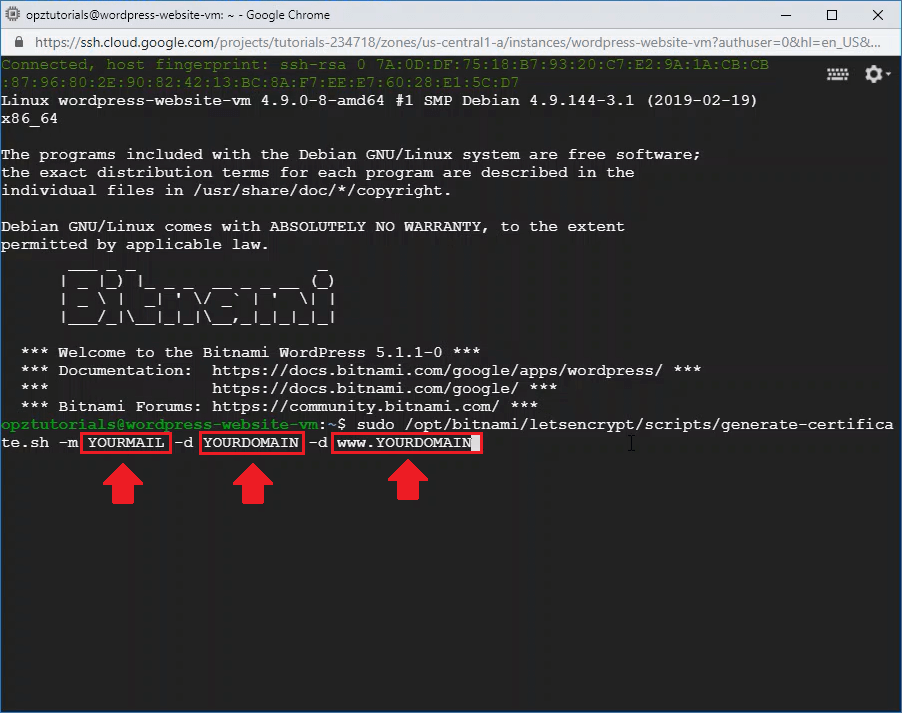
The config file can be found at: /opt/bitnami/apache2/conf/bitnami/ Next you’ll open the Apache configuration file to verify it’s setup to use the certificates you just uploaded.
1 AND 1 BITNAMI MEAN SSL PASSWORD
Note: To regenerate the key and remove the password protection, you can use this command: sudo openssl rsa -in privkey.pem -out /opt/bitnami/apache2/conf/server.key sudo openssl rsa -des3 -in /opt/bitnami/apache2/conf/server.key -out privkey.pem

Generate a new private key: sudo openssl genrsa -out /opt/bitnami/apache2/conf/server.key 2048
1 AND 1 BITNAMI MEAN SSL INSTALL
If it’s not installed please use your OS’s package manager to install it. It’ll likely already be installed if you are using LInux. You will need OpenSSL installed on your machine before we continue. Yes, they do share some resources, so there are some possible drawbacks… But for most personal sites it should not really be an issue for a few sites to share the same host. Thus you would only have to cover the cost to host one server, instead of paying for two, one for each host. com could both reside on the same server even if they are about completely different content. For reference, this was the specific KB article that helped me the most.įor folks that don’t know what I’m talking about, a multi-site install is one where you can host different WordPress sites on the same server. I guess that was where I had gotten confused. There was plenty of documentation out there for adding a certificate to a single site, but there is not much when it comes to adding a wildcard certificate to a multi-site WordPress install. So this one threw me for a little bit of a loop when I was first trying to figure it out, even though it shouldn’t have. The easiest way to learn the names of the services that are on your Bitnami instance is by simply checking all of their statuses with the status command as it returns the names of all the services on your instance. sudo /opt/bitnami/ctlscript.sh restart apache Or use any of the above against a single service that is running, such as Apache only, by passing the service’s name as an argument after the desired action, such as restart.

If you use them as-is below it will perform the specified action against all the Bitnami services on your instance. These are the commands that you would use.
1 AND 1 BITNAMI MEAN SSL HOW TO
I found a great Bitnami Docs KB article describing how to check the status of, and stop/start/restart the services running on your Bitnami instance.Įach Bitnami stack includes a control script that lets you easily check the status of, stop, start and restart services.


 0 kommentar(er)
0 kommentar(er)
